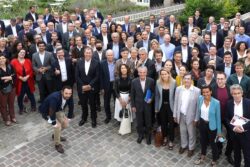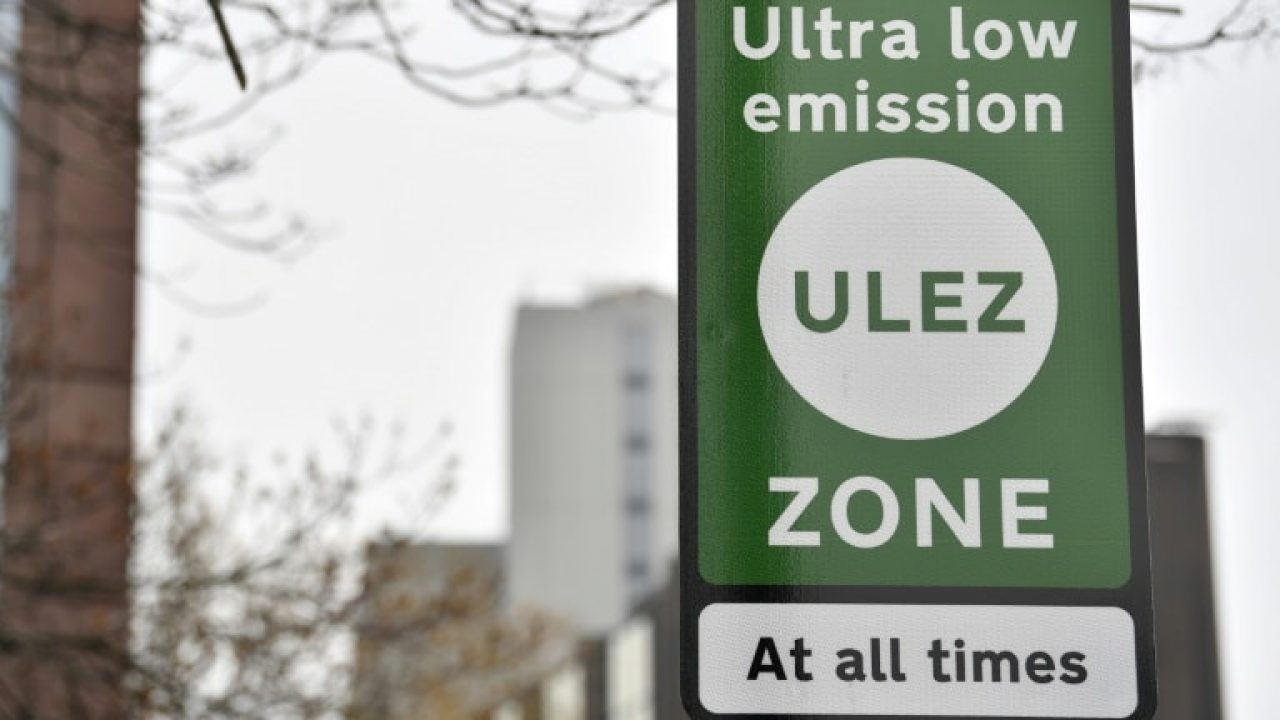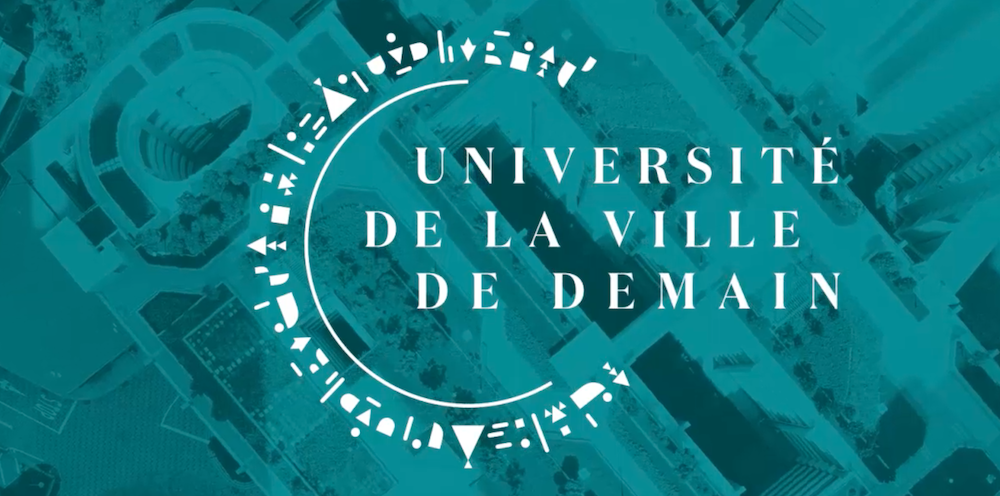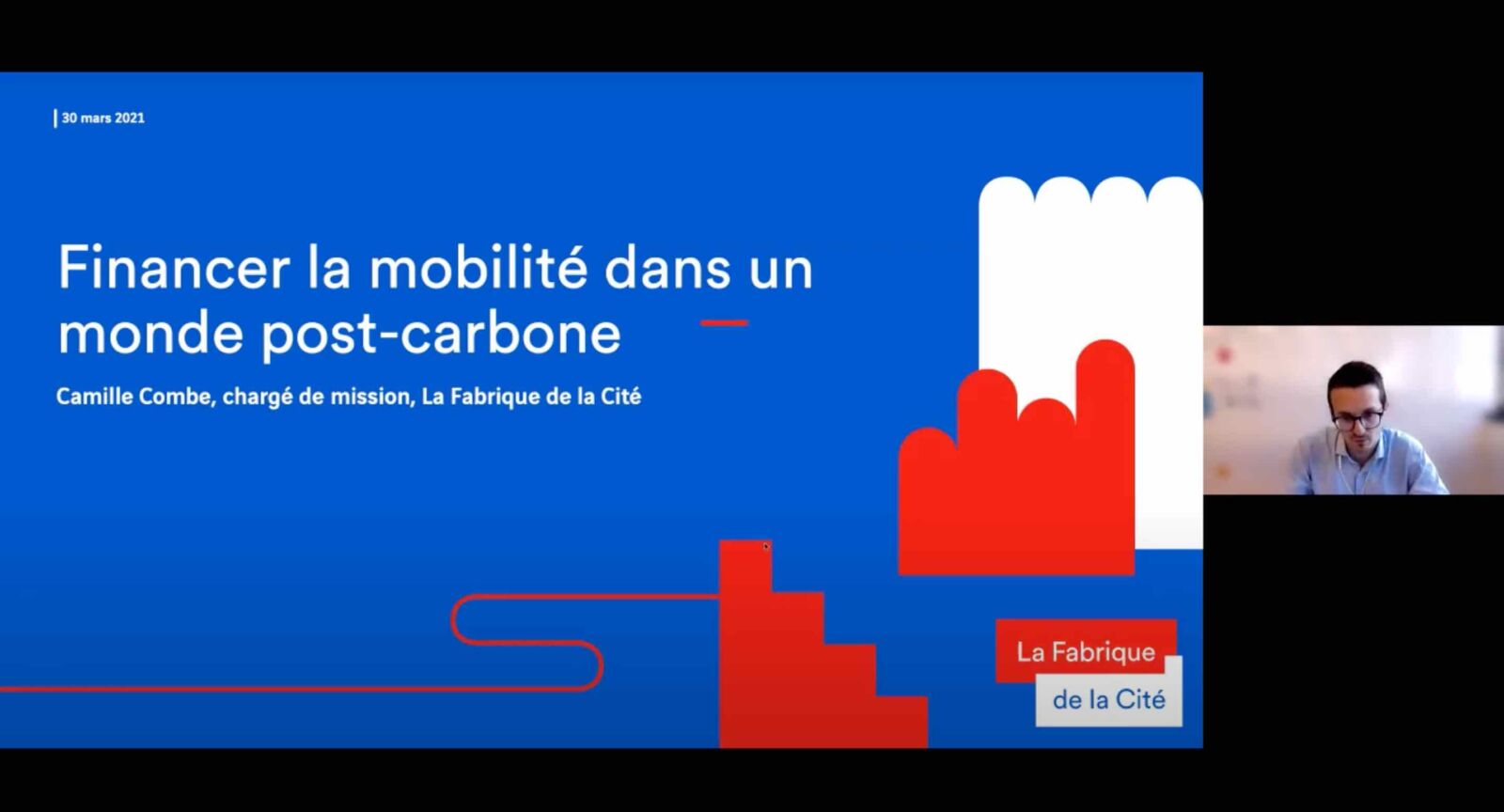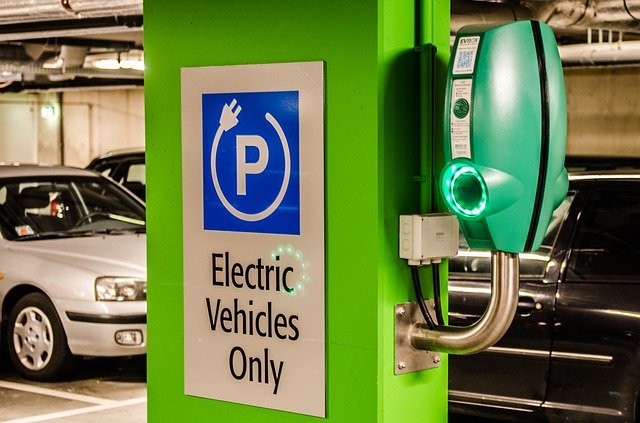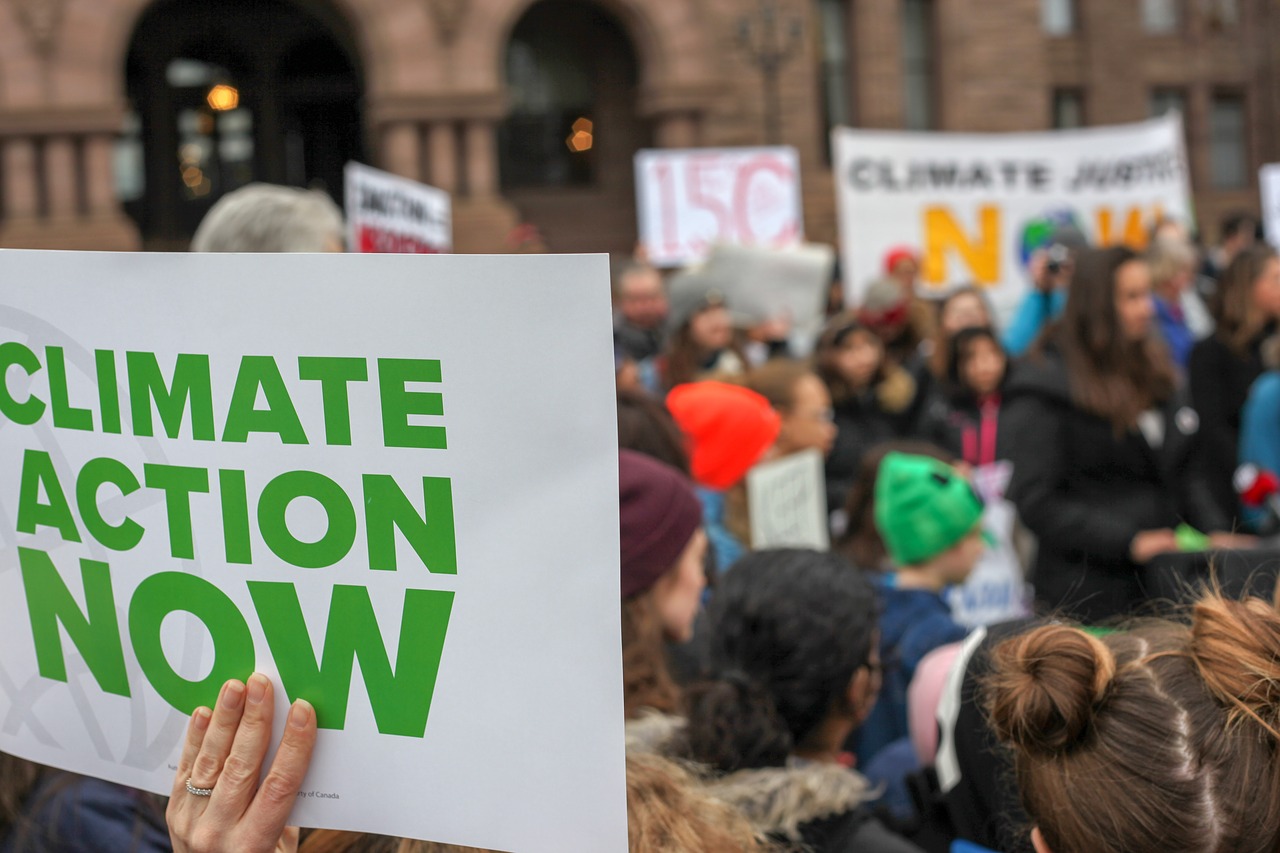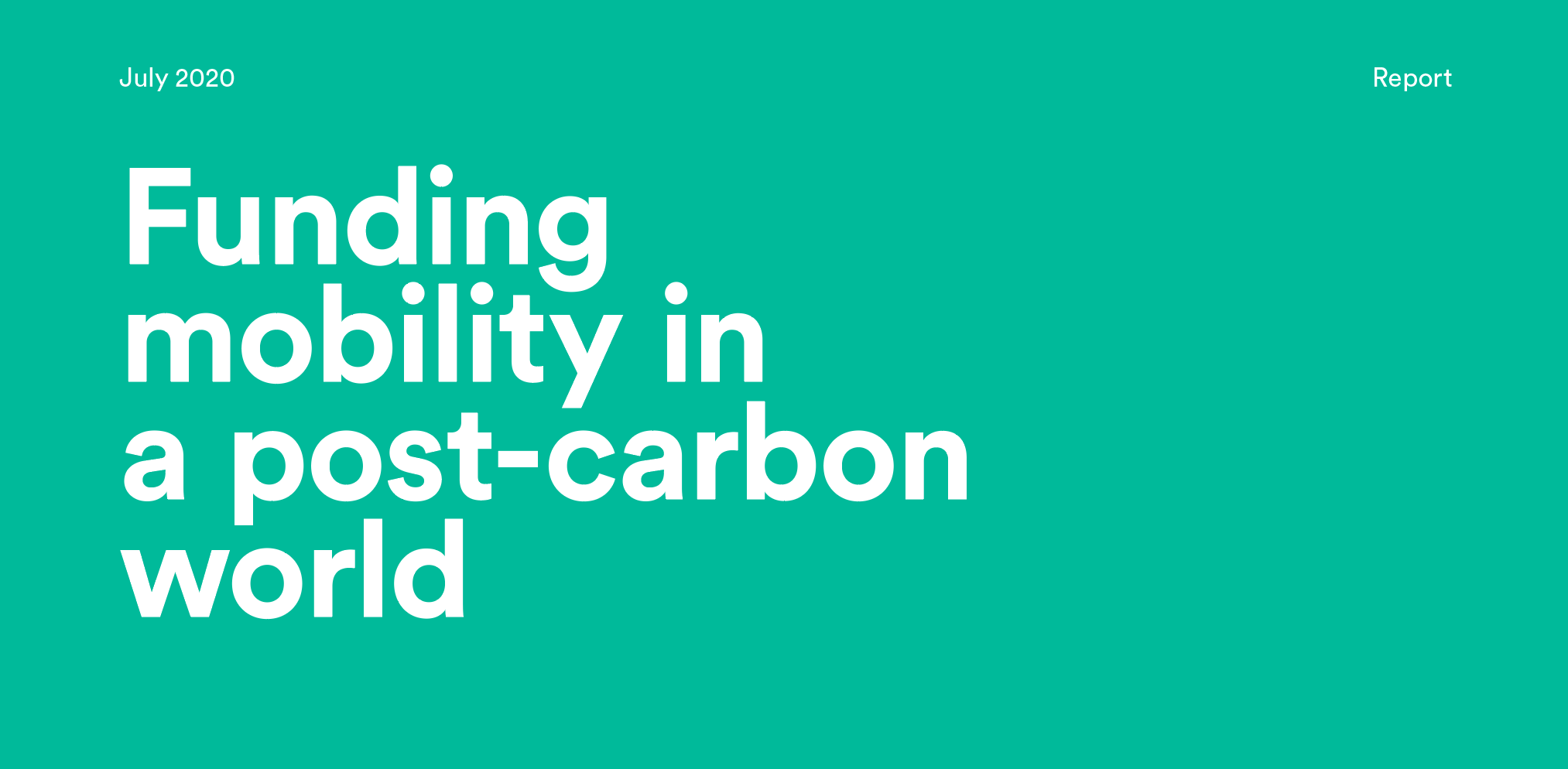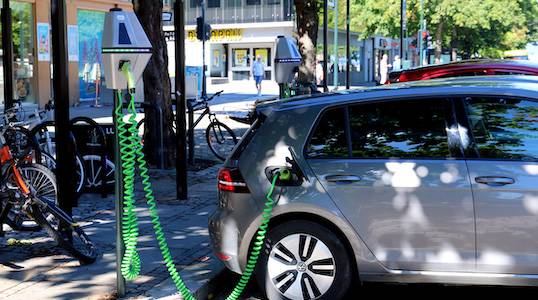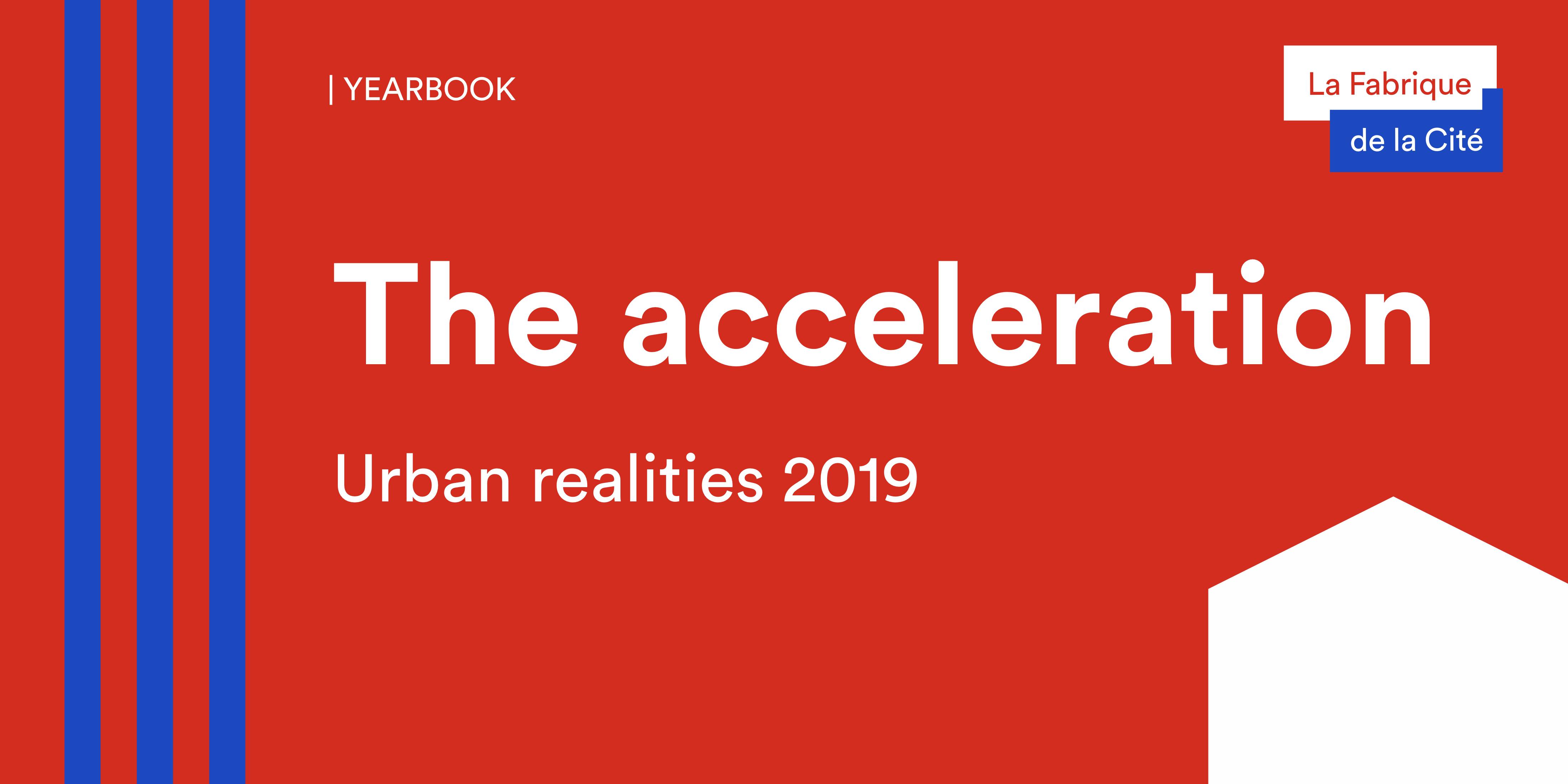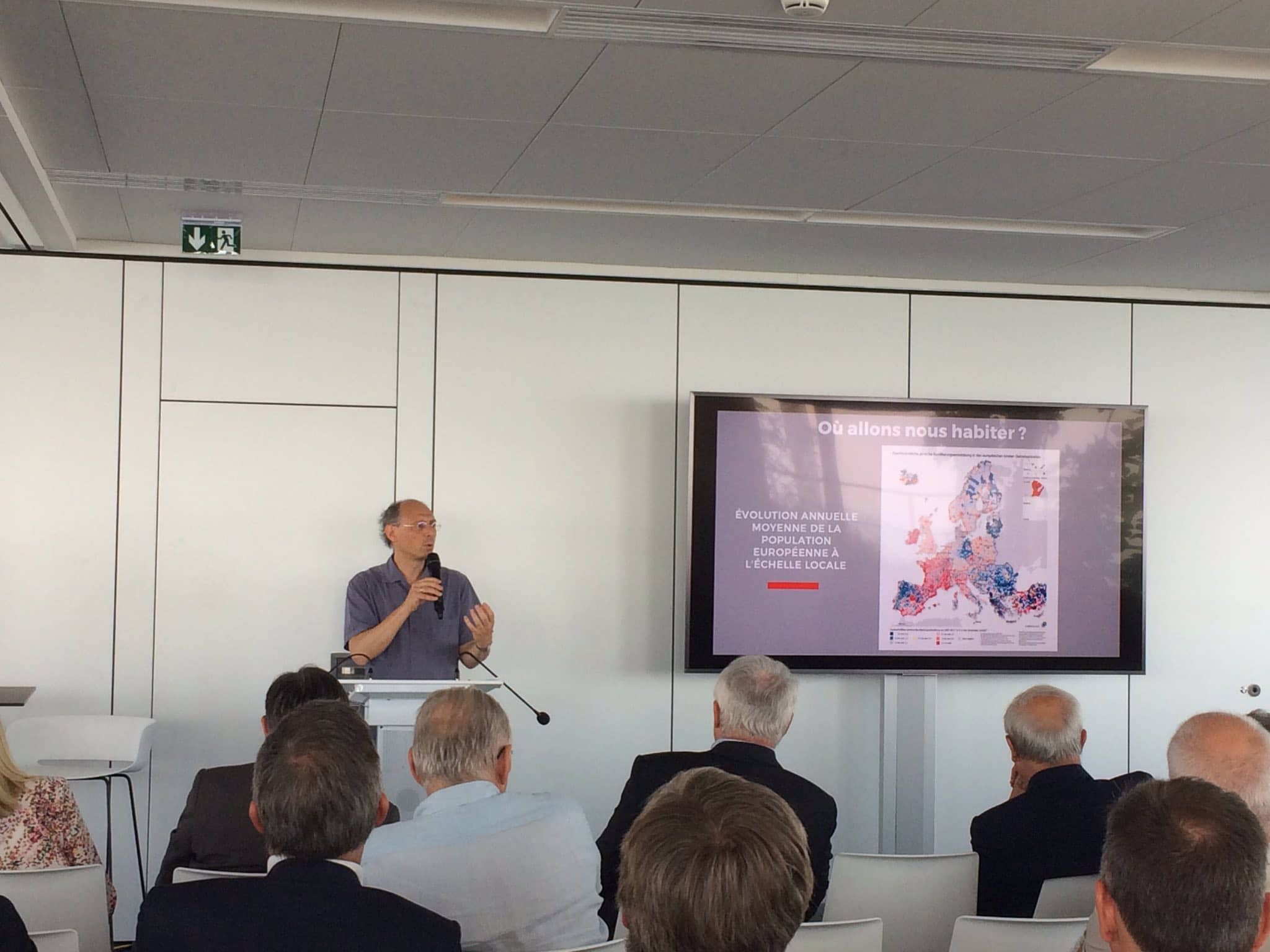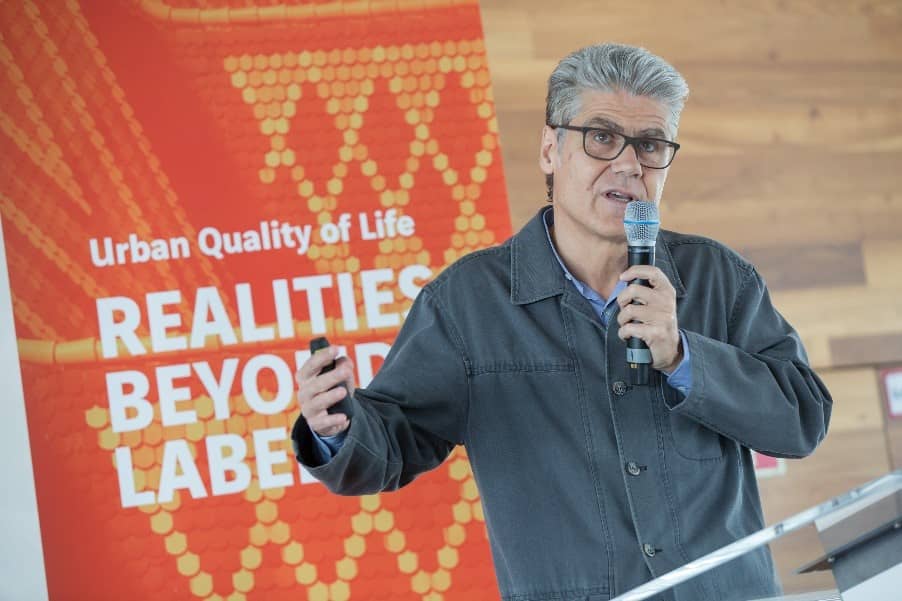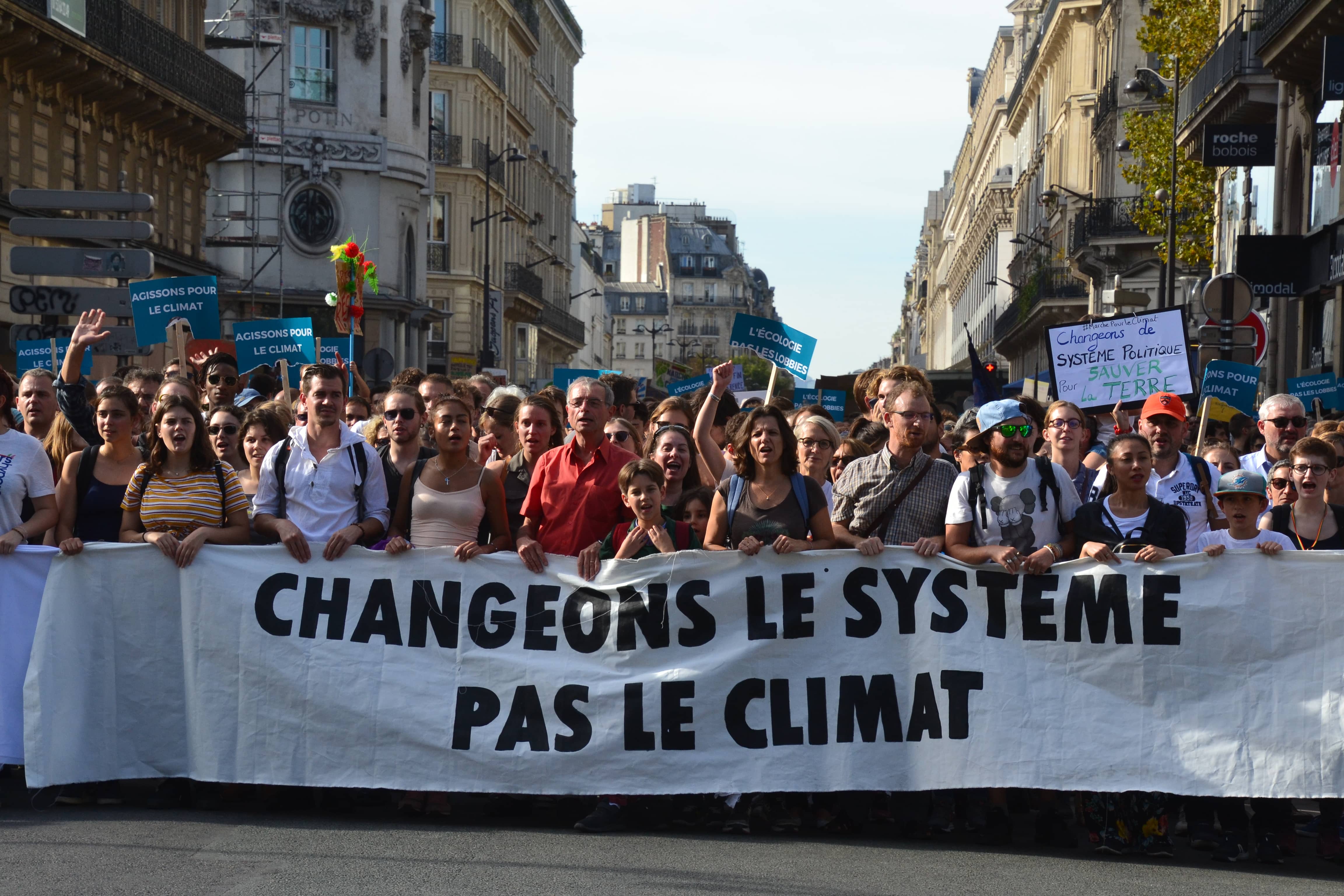

Funding mobility in a post-carbon world
Between 1990 and 2017, the transport sector was one of the only industries to record an increase in total CO2 emissions, from 22% to 24%. As it currently accounts for around one quarter of these emissions on a global scale, transport is and should be the focus of strategies to combat climate change. However, the demand for travel is constantly rising, as a result of demographic growth and upward trends in incomes related to strong global economic development over the last few decades. In order to successfully reduce the carbon intensity of the various forms of mobility, action must be taken quickly and expensive solutions must be implemented, against a backdrop of increasingly scarce public resources which will further exacerbate the upcoming economic crisis.
This does not mean, however, that cities and States are powerless when it comes to meeting this challenge. As international examples show on various territorial levels, many instruments can be used to finance a reduction in carbon intensity for mobility. By combining technological, technical and political innovations, cities such as Oslo, Hong Kong, Singapore, New York and London have rolled out or are testing effective solutions, based on an overhaul of the conventional fiscal tools (mileage charge, taxes or quotas on vehicle registrations) or on the development of taxes based on land and building assets (land value capture). The strategies selected by these cities all share a roadmap and clear objectives, with the question of instruments only being addressed subsequently. Each has a methodology based on consultation with local stakeholders, a key requisite for a successful transition of mobility funding systems.
Recent news (the Yellow Vest movement in France, protests in Chile against increases in public transportation prices) shows that, while the fight against climate change is now widely accepted, the question of avenues and resources remains debated and unresolved, particularly as changes to mobility costs have a direct consequence on the democratic principles of freedom, equal treatment and fairness. The success of a mobility funding mechanism is therefore highly dependent on its acceptability, which requires an understanding of concerns which may appear contradictory but which cannot be separated: economic efficiency, local area access, the polluter pays principle, social inequality, etc. Information and communication (on phasing over time, the aims of measures and their expected effects) therefore play a key role in this acceptability. Furthermore, as increases to mobility prices may be viewed as a loss by users, equalisation mechanisms that are perceived to be compensatory must be implemented as a necessity. This involves a clear allocation of revenues to reducing the carbon intensity of mobility (by funding additional mobility services) aimed at regulated areas.
The issue of mobility in a post-carbon world cannot be solved by technology alone; solutions will be complex and will require the bridging of gaps over the social, territorial and economic divides.
In addition to its new report “Funding mobility in a post-carbon world”, La Fabrique de la Cité publishes an online tool to navigate through 19 solutions implemented by States and cities around the world to fund new carbon-free mobility.
Find this publication in the project:
These other publications may also be of interest to you:

Oslo : reimagining the City for a Carbon-Free Future

Lisbon beyond the Tagus
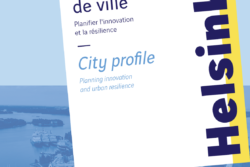
Helsinki : Planning innovation and urban resilience

A warm tomorrow

Sending out an SOS

Behind the words: telecommuting

Behind the words: urban congestion

The political and technological challenges of future mobilities

Nature in the city

Inventing the future of urban highways
La Fabrique de la Cité
La Fabrique de la Cité is a think tank dedicated to urban foresight, created by the VINCI group, its sponsor, in 2010. La Fabrique de la Cité acts as a forum where urban stakeholders, whether French or international, collaborate to bring forth new ways of building and rebuilding cities.























